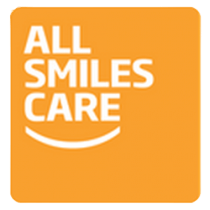Information from “The Missing Link”, an article by Olga A.C. Ibsen, RDH, MS from
Dimensions of Dental Hygiene”
(November 2008)
In celebration of dental health month, we wanted to take a minute to go over some facts on oral cancer, and how to recognize it early on. We will be presenting a two-part blog series outlining the facts of oral cancer and ways that you can improve your chances of early detection right at home. This widespread health issue is often misunderstood and undiagnosed due to many of the American population skipping out on their dental visits or failing to receive an oral cancer screening at these visits.
Some stats about oral cancer include:
- Over 35,000 new cases of oral cancer are presented each year in the U.S. (and half of these cases are only found after the cancer has spread to other areas)
- One person dies from this disease every hour of every day.
- A person has only a 50:50 chance of survival once the cancer has spread.
- A person has a 4:1 chance of survival if the cancer is detected early—before it has spread
- That means that you could fill a major league baseball stadium with the number of people who get oral cancer every year and only 1/2 of those would live more than 5 years.
- Oral cancer and breast cancer have similar survival rates if detected early, but oral cancer is much deadlier once in the later stages.
- Patient self-examination could be the key to early detection, which can lead to more treatment options.
The risk factors of oral cancer include: tobacco and alcohol use together, all forms of tobacco use alone, age 40 and over, HPV-16 through direct contact, male gender, sexually active teens, and individuals with multiple sex partners.
Stay tuned later this week for a step-by-step guide to self- examination for oral cancer. By becoming aware of the baseline of your mouth’s anatomy and where to look for abnormalities, you can become well on your way to preventing a late detection of this disease.

